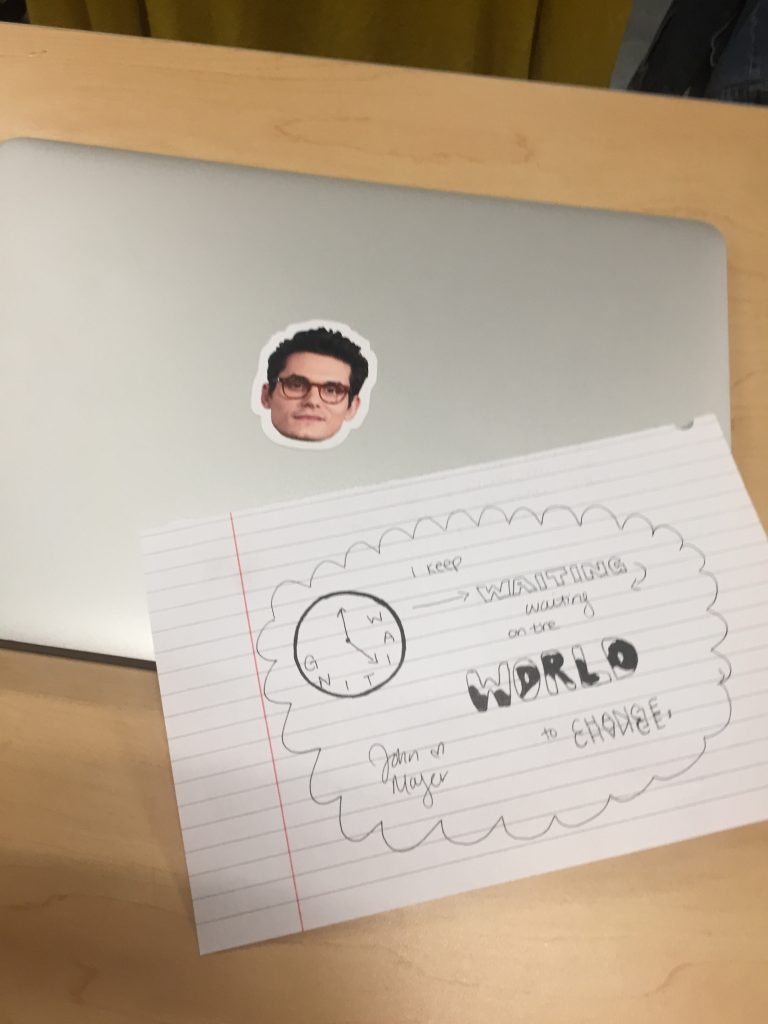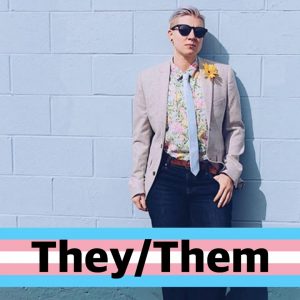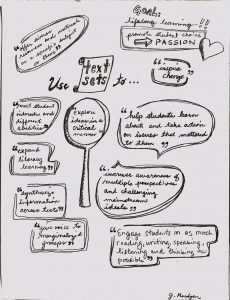During my practicum, the GSA organized a pride week for the school—they were quite excited and had put thought and energy into it. The teachers were offered free pins for the week that had a rainbow heart on it. At the meeting when this was announced, almost every teacher took a pin. I eagerly accepted one and proudly wore it on my blazer. Despite the amount of teachers who took a pin, hardly any of them put it on. I can only think of a handful of teachers that actually wore their pin throughout the week.
Additionally, Joanne shared a story where teachers bought T-shirts from the GSA club, but draped them over their chair instead of actually wearing it.
These acts of passivity along with the acceptance (or purchase) of GSA/queer merchandise seems contradictory. The point is to clearly display the message to reduce stigma and foster an open acceptance of all people. However, it seems that teachers want to put a safe space rainbow sticker on the door and call it a day. They want to passively support students without being active about it. For me, it seems to be a sentiment of “I’ve taken the pin, isn’t that enough?”
I suggest that teachers reflect on what they are actually doing when they put a rainbow sticker on the door, but do not actually do anything for the cause. If they don’t address homophobic, transphobic, sexist, or racist language or if they take a button/shirt with no intention of wearing it… what message are they sending to students and fellow teachers?
Lastly, I find myself wondering what reservations the teachers had in openly supporting the GSA/pride week? After all, what’s so bad about being associated with the queer community (either as an ally or a part of it)? I think there is still a lot of unlearning and unpackin for us to do.
I have many more thoughts on this, but realize that I am much over the 1-3 sentence preference… thoughts?



